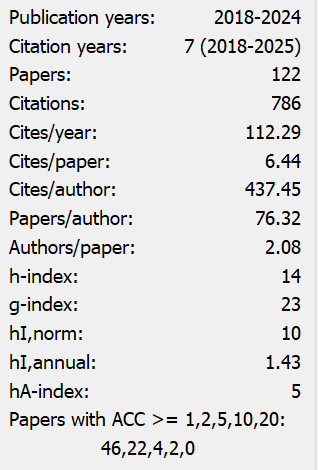Research on Digital Inclusive Finance Facilitating Rural Revitalization in Liaoning Province
Abstract
This article focuses on the role of digital inclusive finance in promoting rural revitalization in Liaoning Province. The research indicates that the level of digital inclusive finance in Liaoning Province has improved significantly in recent years, but there are still structural contradictions in the uneven development of coverage breadth and usage depth. Currently, the deepening of digital inclusive finance in Liaoning Province faces three major challenges: insufficient construction of digital financial infrastructure; digital financial literacy gap among residents; and poor alignment between digital financial products and rural needs.The research provides a theoretical reference for exploring the collaborative mechanism between digital finance and rural revitalization: strengthening the construction of digital financial infrastructure, scaling up investment in rural digital financial infrastructure; enhancing residents' literacy of digital finance; innovating digital financial products to meet rural needs, conducting in-depth research on the characteristics of the rural economy, and designing highly targeted financial products.
References
[2] Liu, W., & Liu, B. (2024). The path of empowering rural revitalization through rural digital infrastructure construction: Based on the perspective of the integration of digitalization and modern agricultural industry. Journal of Shanxi University of Finance and Economics, 46(10), 72–88.
[3] Zhang, J., Wang, H., Wang, S., et al. (2025). Research on the role of digital inclusive finance in promoting rural revitalization under the new situation. Business Exhibition Economy, (08), 28–31.
[4] Zhang, Q., & Zhang, Y. (2023). Empirical analysis of digital inclusive finance supporting rural revitalization. Journal of Changjiang Normal University, 39(5), 51–64.
[5] Agwu, M. E. (2020). Can technology bridge the gap between rural development and financial inclusions? Technology Analysis Strategic Management, (1), 1–11.

This work is licensed under a Creative Commons Attribution 4.0 International License.
Copyright for this article is retained by the author(s), with first publication rights granted to the journal.
This is an open-access article distributed under the terms and conditions of the Creative Commons Attribution license (http://creativecommons.org/licenses/by/4.0/).


























